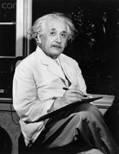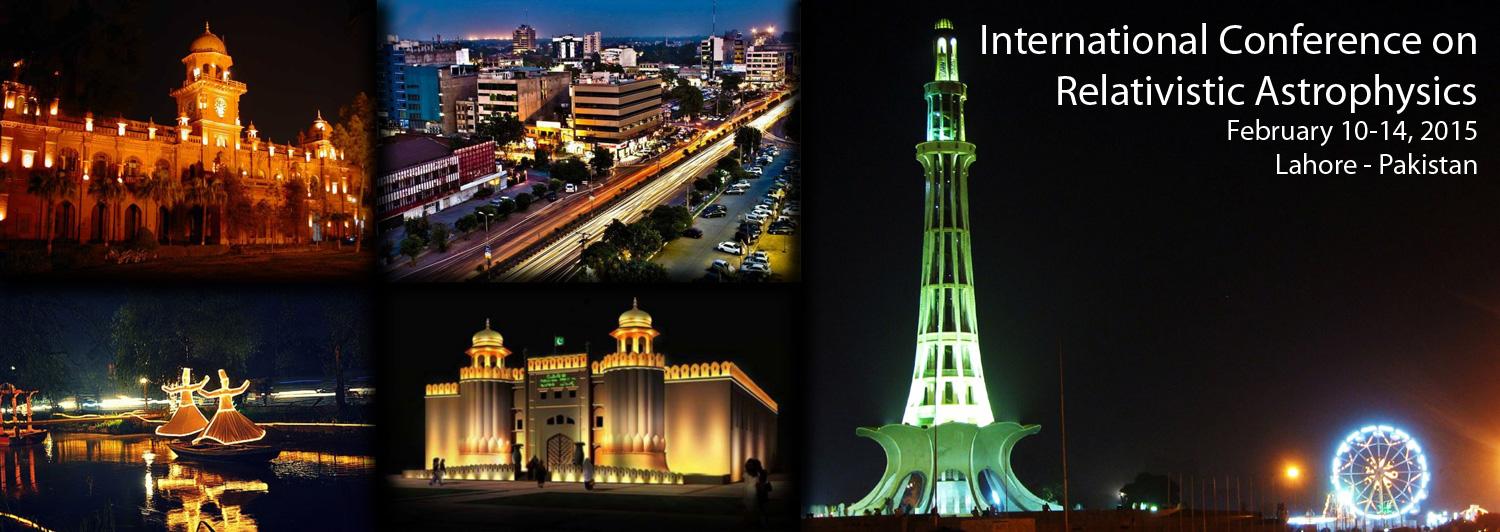 Albert Einstein is probably the most well-known scientific genius. His creative ability allowed him to dream of new physics and create scientific revolutions, including his masterpiece, the theory of general relativity. While people around the globe instantly recognize Einstein's image, many in the public still have not had an occasion to learn some of the astonishing details and amazing implications of his most monumental discovery.
Albert Einstein is probably the most well-known scientific genius. His creative ability allowed him to dream of new physics and create scientific revolutions, including his masterpiece, the theory of general relativity. While people around the globe instantly recognize Einstein's image, many in the public still have not had an occasion to learn some of the astonishing details and amazing implications of his most monumental discovery.
Sir Isaac Newton described gravity as an instantaneous and invisible force between two objects. His laws of motion and universal gravitation are still relevant today because objects still obey these laws approximately in everyday human experience. But Newton's laws are inaccurate when describing the gravity produced by very massive objects, such as black holes or neutron stars. Einstein devised a completely new description of gravity. First, he realized that objects in the universe exist in three dimensions of space and one of time. He then combined these into a four-dimensional spacetime. The motion of an object throughout its entire history in the universe could then be fully described by its trajectory in spacetime. Another effect that is predicted by general relativity is the phenomenon known as gravitational time dilation. This states that time slows down as gravitational strength increases, a fact that has been confirmed by GPS satellites. These carry atomic clocks that have to run at a different speed to those on the ground because gravity is greater there.
General relativity touches our lives in many unexpected ways. Einstein's theory of general relativity is one of the most beautiful pieces of scientific work in history but it is not the whole story. It explains how massive objects affect space and time, but it tells us little about how very small sub-atomic particles behave. Since then, scientists have produced many other confirmations. One example was provided by US astronomers R. Hulse and J. Taylor, who discovered two dense collapsed stars, known as neutron stars, that were in orbit around each other and that were losing energy that could only be explained through the gravitational radiation, another phenomenon predicted by Einstein.
Nearly 100 years after his masterwork, Einstein continues to inspire younger generations of scientists, philosophers and artists, as they strive to answer the big questions about our place in the cosmos. Celebrating Einstein draws on the power of Einstein and his ideas to tell the exciting story of relativity and astrophysics to public, to inspire younger generations to dare to dream about exploration, to dare to join in the most daunting question of all: to unravel the mysteries of the universe.
|
Albert Einstein
|
